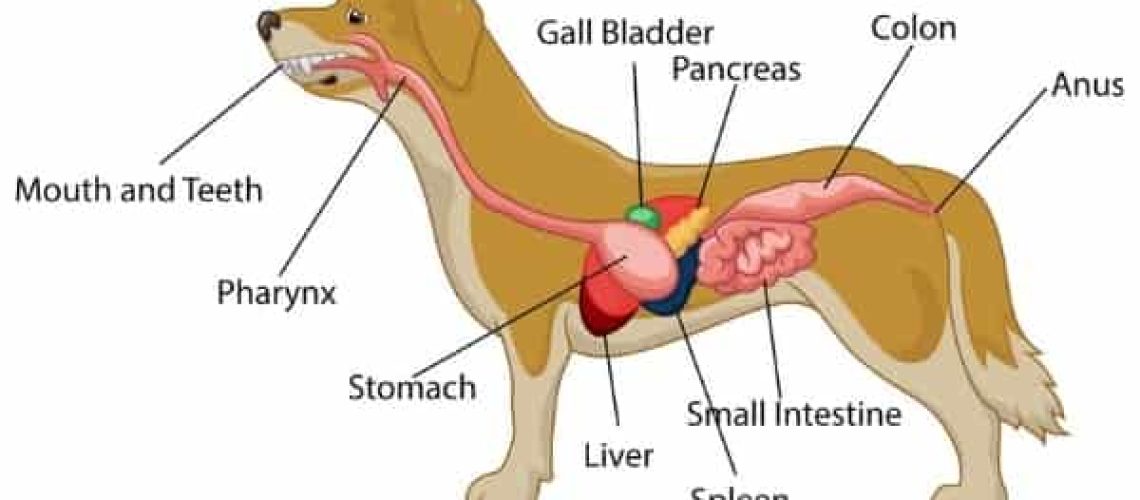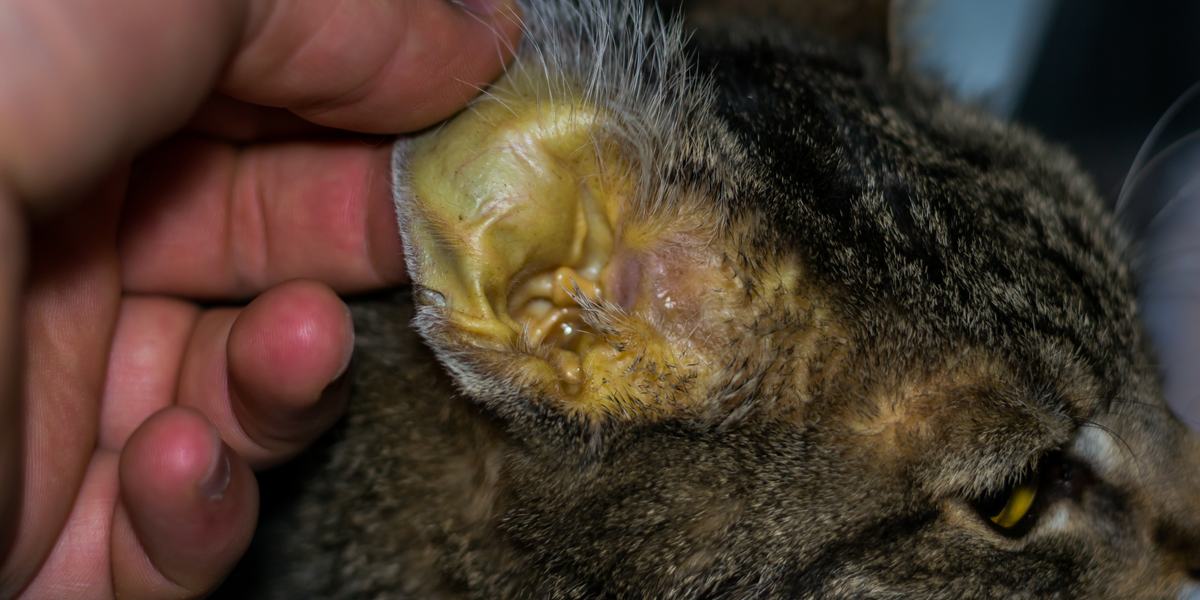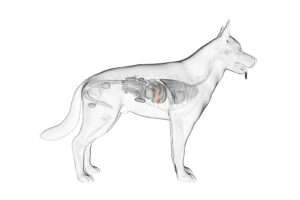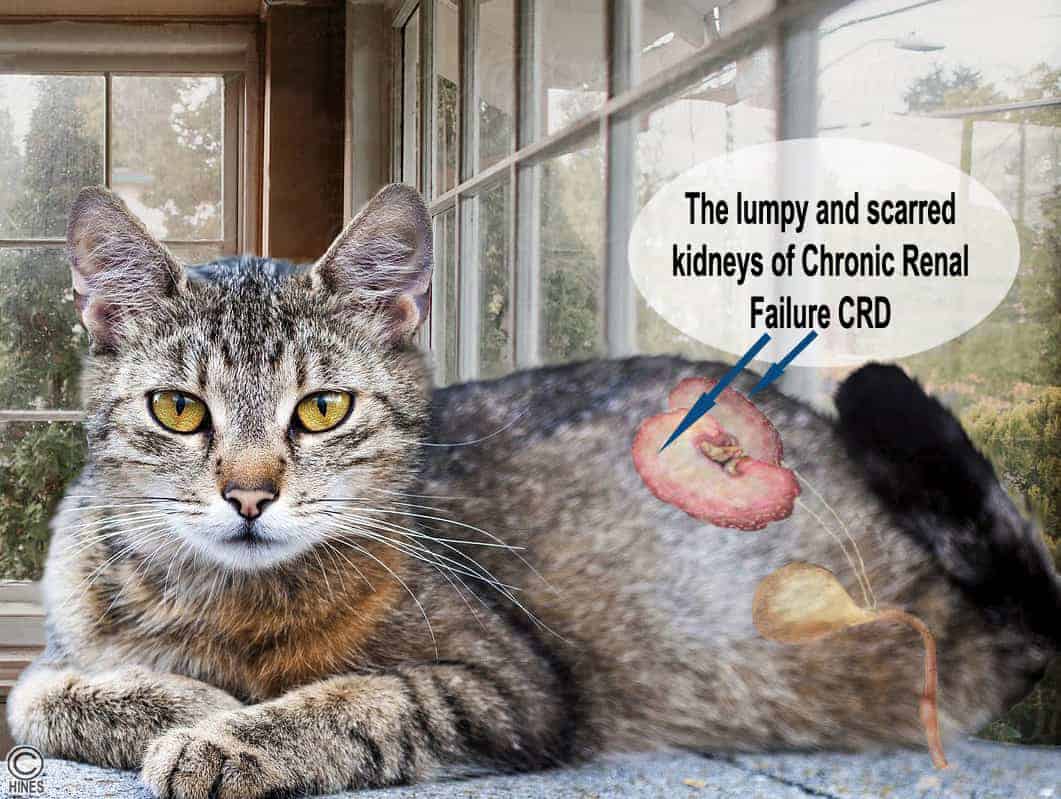Key Takeaways:
- Gallbladder disease in dogs is relatively common and can be caused by various factors such as infection, inflammation, or the presence of gallstones.
- Common symptoms of gallbladder disease in dogs include vomiting, loss of appetite, abdominal pain, and jaundice.
- Diagnosing gallbladder disease in dogs often involves a combination of physical examination, blood tests, imaging techniques like ultrasound or X-rays, and sometimes even exploratory surgery.
- Treatment for gallbladder disease in dogs may involve medications to control infection or inflammation, dietary management to prevent further complications, and in severe cases, surgical removal of the gallbladder.
- Prevention of gallbladder disease in dogs can be achieved through maintaining a healthy weight, providing a balanced diet low in fat and cholesterol, regular exercise, and routine veterinary check-ups.
Are you a dog lover who wants to ensure the health and happiness of your furry friend? If so, understanding gallbladder disease in dogs is essential. This often overlooked condition can have serious consequences for your beloved pet, but with knowledge comes the power to prevent and treat it. In fact, did you know that up to 30% of all dogs will develop gallbladder disease at some point in their lives? By delving into this topic, you'll gain valuable insights into the causes, symptoms, and treatment options for gallbladder disease in dogs. So let's embark on this journey together and empower ourselves to provide the best care for our four-legged companions.
Understanding Gallbladder Disease in Dogs
Gallbladder disease is a condition that affects the gallbladder, a small organ located near the liver in dogs. The gallbladder plays an important role in digestion by storing and releasing bile, which helps break down fats in the food they eat. When the gallbladder becomes diseased, it can lead to various health problems for dogs.
There are different types of gallbladder disease that can affect dogs, including gallstones, inflammation of the gallbladder (cholecystitis), and obstruction of the bile ducts. These conditions can cause discomfort and pain for dogs and may require medical intervention to manage or treat.
Types of Gallbladder Disease:
- Gallstones: These are hard deposits that form inside the gallbladder. They can range in size from small pebbles to larger stones and can block the flow of bile.
- Cholecystitis: This refers to inflammation of the gallbladder, which can be caused by infection or other underlying conditions.
- Bile Duct Obstruction: When something blocks the bile ducts, it prevents bile from flowing properly and can lead to complications.
Causes of Gallbladder Disease:
The exact causes of gallbladder disease in dogs are not always clear. However, certain factors may increase a dog's risk of developing this condition. These include obesity, a high-fat diet, certain medications, hormonal imbalances, and genetic predisposition.
I have seen many cases where overweight dogs with poor diets are more prone to developing gallbladder disease. It's essential to keep your dog at a healthy weight and feed them a balanced diet to reduce their risk.
Diagnosing Gallbladder Disease in Dogs
Diagnosing gallbladder disease in dogs can be challenging because the symptoms may overlap with other conditions. However, veterinarians use a combination of physical examinations, blood tests, imaging techniques, and sometimes even exploratory surgery to make an accurate diagnosis.
During a physical examination, the veterinarian will check for signs of pain or discomfort in the abdominal area. They may also feel for any abnormalities or swelling. Blood tests can help identify any abnormalities in liver function or detect signs of infection.
Diagnostic Tools:
- Ultrasound: This non-invasive imaging technique uses sound waves to create images of the gallbladder and surrounding organs. It can help detect gallstones, inflammation, or other abnormalities.
- X-rays: X-rays may be used to look for calcified gallstones or signs of obstruction in the bile ducts.
- Biopsy: In some cases, a biopsy may be necessary to determine the cause of gallbladder disease. This involves taking a small sample of tissue from the gallbladder for further analysis.
Treatment Options:
The treatment options for gallbladder disease in dogs depend on the specific condition and its severity. In mild cases, dietary changes and medications may be sufficient to manage symptoms and prevent complications. However, more severe cases may require surgical intervention to remove gallstones or address underlying issues.
If your dog is diagnosed with gallbladder disease, it's crucial to follow your veterinarian's recommendations closely. They will provide guidance on appropriate treatment options based on your dog's specific needs and condition.
Symptoms of Gallbladder Disease in Dogs
Common Symptoms
Gallbladder disease in dogs can manifest through various symptoms. One common symptom is vomiting, especially after meals. Dogs with gallbladder disease may also experience abdominal pain, which can be indicated by restlessness or a hunched posture. Another telltale sign is a loss of appetite or refusal to eat altogether. Additionally, you may notice that your dog has yellowing of the eyes and gums, which could indicate jaundice caused by liver dysfunction related to the gallbladder.
Less Common Symptoms
In some cases, gallbladder disease in dogs may present with less common symptoms. These can include diarrhea, pale stools, and increased thirst and urination due to the liver's impaired ability to process waste products. Some dogs may develop a fever or have difficulty breathing if the gallbladder disease progresses and affects other organs.
When to Seek Veterinary Care
If you observe any of these symptoms in your dog, it is essential to seek veterinary care promptly. Gallbladder disease can lead to serious complications if left untreated, such as infection or blockage of the bile ducts. Your veterinarian will perform a thorough examination and may recommend diagnostic tests such as blood work or imaging studies to confirm the diagnosis.
Treatment Options for Gallbladder Disease
The treatment for gallbladder disease in dogs depends on the severity and underlying cause of the condition. In mild cases, dietary changes might be sufficient to manage the symptoms. Your veterinarian may recommend a low-fat diet that helps reduce stress on the gallbladder and promotes healthy digestion. In more severe cases or when complications arise, surgical intervention may be necessary to remove the diseased gallbladder.
Preventing Gallbladder Disease in Dogs
Dietary Considerations
Maintaining a healthy diet is crucial in preventing gallbladder disease in dogs. Feeding your dog a balanced and appropriate diet that is low in fat can help reduce the risk of developing gallbladder issues. Avoid feeding your dog excessive amounts of fatty foods or table scraps, as these can contribute to the formation of gallstones and other gallbladder problems.
Regular Exercise
Regular exercise plays a vital role in preventing gallbladder disease in dogs. Physical activity helps maintain a healthy weight and promotes proper digestion. By keeping your dog active, you can minimize the risk of obesity, which is a significant contributing factor to gallbladder disease.
Annual Veterinary Check-ups
Bringing your dog for regular veterinary check-ups is essential for early detection and prevention of gallbladder disease. During these visits, your veterinarian can assess your dog's overall health and identify any potential issues before they become more severe. They may also recommend specific preventive measures based on your dog's breed or individual risk factors.
Treating Gallbladder Disease in Dogs
Medication
In some cases, medication may be prescribed to manage the symptoms associated with gallbladder disease in dogs. These medications can help alleviate pain, reduce inflammation, and promote normal bile flow. It is crucial to follow your veterinarian's instructions carefully when administering any prescribed medications to ensure their effectiveness.
Surgical Intervention
If conservative treatments are ineffective or if complications arise, surgical intervention may be necessary to treat gallbladder disease in dogs. The most common surgical procedure performed is cholecystectomy, which involves removing the diseased gallbladder entirely. This surgery aims to relieve symptoms and prevent further complications.
Post-Surgery Care
After undergoing surgery, your dog will require proper post-operative care. This may include pain management, antibiotics to prevent infection, and a specific diet to aid in the recovery process. It is essential to follow your veterinarian's instructions closely and monitor your dog for any signs of complications during the healing period.
Breeds Prone to Gallbladder Disease
Certain dog breeds have a higher predisposition to developing gallbladder disease. These include:
1. Shetland Sheepdogs: Shetland Sheepdogs are known to be more susceptible to gallbladder issues, particularly gallstones.
2. Miniature Schnauzers: Miniature Schnauzers have an increased risk of developing gallbladder disease, including inflammation and stone formation.
3. Cocker Spaniels: Cocker Spaniels are prone to gallbladder problems such as inflammation and obstruction.
4. Yorkshire Terriers: Yorkshire Terriers have a higher likelihood of developing gallstones and other gallbladder-related conditions.
While these breeds may be more prone to gallbladder disease, it is important to note that any dog can develop this condition. Regular veterinary check-ups and preventive measures should be implemented regardless of breed to ensure optimal health for your furry companion.
In conclusion, gallbladder disease is a condition that can affect dogs. It can cause symptoms like vomiting, loss of appetite, and abdominal pain. If your dog shows these signs, it's important to see a veterinarian for proper diagnosis and treatment.
How do you treat gallbladder disease in dogs?
Uncomplicated disease in dogs can be treated with medications, including antibiotics. If gallstones are blocking bile or causing cholecystitis, surgery is required to remove them. In some cases, removal of the gallbladder may also be necessary.
What foods cause gallbladder problems in dogs?
It is recommended to steer clear of fatty meats and processed foods as they can lead to diarrhea and pancreatitis in dogs that are prone to gallbladder disease. Moreover, these processed fats can contribute to weight gain and worsen gallbladder problems in dogs already affected by gallbladder issues.
Is gallbladder disease common in dogs?
Some specific dog breeds, as well as older female dogs, are more likely to experience issues with their gallbladders. However, gallbladder disease has been observed in almost every breed of dog, including mixed breeds. Breeds that have a higher risk of gallbladder problems include Shetland sheepdogs and Cocker spaniels.
What is the survival rate for dogs with gallbladder Mucocele?
Dogs who have gallbladder mucoceles and undergo surgery to remove the gallbladder have a positive long-term outlook if they successfully recover from the immediate postoperative period. The overall mortality rates for this disease range from 20-39%, but early surgical intervention can greatly decrease the mortality rates.
Can a dog recover from gallbladder disease?
While some dogs with mild symptoms can see improvement with medication alone, the majority will need to undergo surgery to have their gallbladder removed. During the surgery, liver biopsies are often taken. Following the surgery, antibiotics are typically prescribed for a period of 4 to 6 weeks.
What are the signs and symptoms of gallbladder problems in dogs?
Identifying biliary disease and other gallbladder issues in dogs can be challenging, so it is important to closely observe your pet. Signs to look out for include reduced appetite, weight loss, stomach or abdominal pain, vomiting, and fever. If your pet shows any of these symptoms, consult your veterinarian for further evaluation.

















